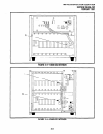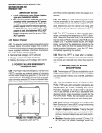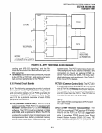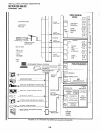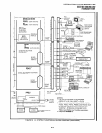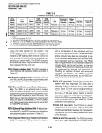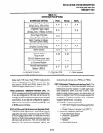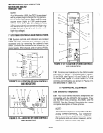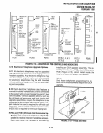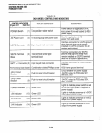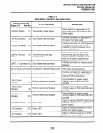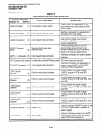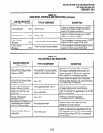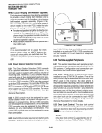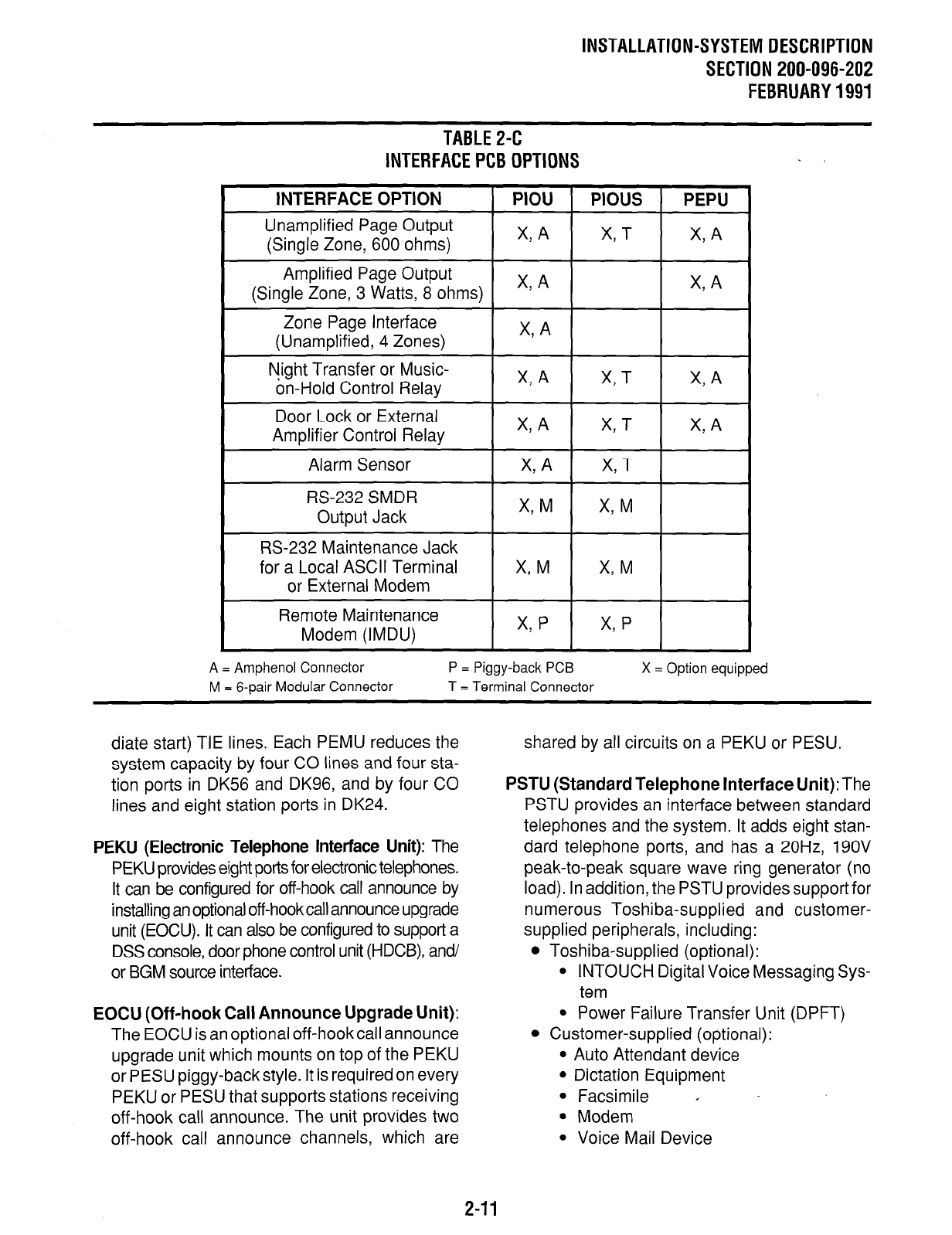
INSTALLATION-SYSTEM DESCRIPTION
SECTION 200-096-202
FEBRUARY1991
TABLE24
INTERFACEPCBOPTIONS
RS-232 SMDR
Output Jack
X, M X, M
RS-232 Maintenance Jack
for a Local ASCII Terminal X, M X, M
or External Modem
Remote Maintenance
Modem (IMDU)
K p x, p
A = Amphenol Connector P = Piggy-back PCB
X = Option equipped
M = 6-pair Modular Connector T = Terminal Connector
diate start) TIE lines. Each PEMU reduces the
system capacity by four CO lines and four sta-
tion ports in DK56 and DK96, and by four CO
lines and eight station ports in DK24.
shared by all circuits on a PEKU or PESU.
PSTU (Standard Telephone Interface Unit):
The
PSTU provides an interface between standard
telephones and the system. It adds eight stan-
dard telephone ports, and has a 20H2, 19OV
peak-to-peak square wave ring generator (no
load). In addition, the PSTU provides support for
numerous Toshiba-supplied and customer-
supplied peripherals, including:
l
Toshiba-supplied (optional):
l
INTOUCH Digital Voice Messaging Sys-
tem
PEKU (Electronic Telephone Interface Unit):
The
PEKU provides eight ports for electronic telephones.
It can be configured for off-hook call announce by
installing an optional off-hookcall announce upgrade
unit (EOCU). It can also be configured to support a
DSS console, door phone control unit (HDCB), and/
or BGM source interface.
EOCU (Off-hook Call Announce Upgrade Unit): l
Power Failure Transfer Unit (DPFT)
The EOCU is an optional off-hookcall announce
l
Customer-supplied (optional):
upgrade unit which mounts on top of the PEKU
l
Auto Attendant device
or PESU piggy-backstyle. It is required on every
l
Dictation Equipment
PEKU or PESU that supports stations receiving
l
Facsimile .
off-hook call announce. The unit provides two
l
Modem
off-hook call announce channels, which are
l
Voice Mail Device
2-11



